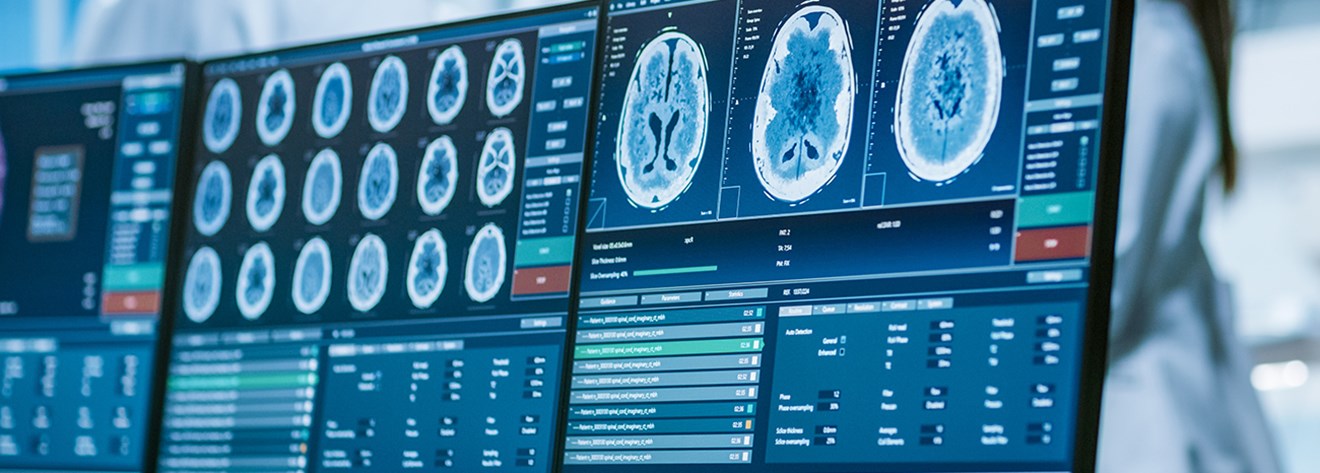Scans
In some but not all cases a scan will be needed to help make the neurological diagnosis or to ensure that there is nothing untoward causing particular symptoms. I do appreciate that many people wish to have a scan for their own reassurance rather than for any pressing medical need and I will happily discuss such requests or I may suggest a scan for that reason.
There are several types of scan that may be used depending on the circumstances.
Magnetic Resonance Imaging (MRI) is the most common type of scanning used and can give valuable information to help diagnosis. It uses strong magnetic fields to scan any body part in any orientation required. MRI scanners are shorter and faster than they used to be and so the problem of claustrophobia that affects some people having such scans is less common that it used to be. There are open MRI scanners that can be used if claustrophobia is a concern. As MRI scanner use strong magnetic fields they cannot be used in some situations where there are metal objects in the body such as pacemakers, surgical clips or suspected metallic foreign bodies in delicate sites such as the eye.
Magnetic Resonance Imaging (MRI)
A non-invasive method of acquiring diagnostic images of the human body. MRI provides computer-generated images of the body's internal tissues and organs.
Open MRI scanners have been developed for people who are anxious or obese or for examination of small parts of the body, such as the extremities (knee, shoulder). The basic technology of an open MRI machine is similar to that of a closed bore MRI. The major difference for the patient is that instead of lying in a narrow tunnel, the imaging table has more space around the body so that the magnet does not completely surround the person being tested.
Up-right MRI scanners are also available which allow scans to be performed when standing and bending which can provide useful information for spinal problems. Upright scanners are open at the front thus allowing full forwards vision which also helps those who may suffer claustrophobia with conventional MRI scanners.
Further information on MRI scans
Computerised Tomography (CT) scans
Uses X-rays to create the scan pictures. It is less used in neurology now days than in the past but there are still specific reasons why it may be preferred or used to supplement MRI scanning. It may be needed in cases where MRI scan cannot be performed.
Very occasionally other types of scanning such as ultra-sound, nuclear medicine scans and positron emission tomography (PET) scans are used to help diagnosis.
